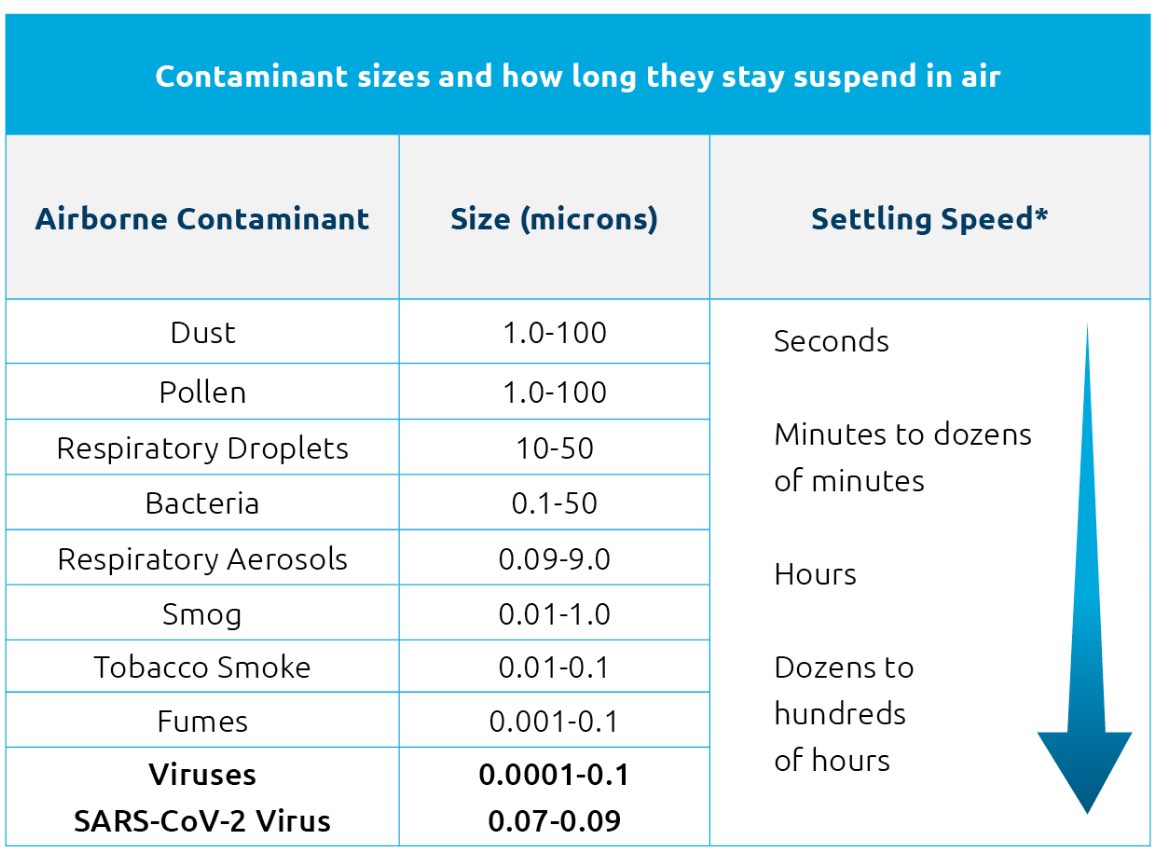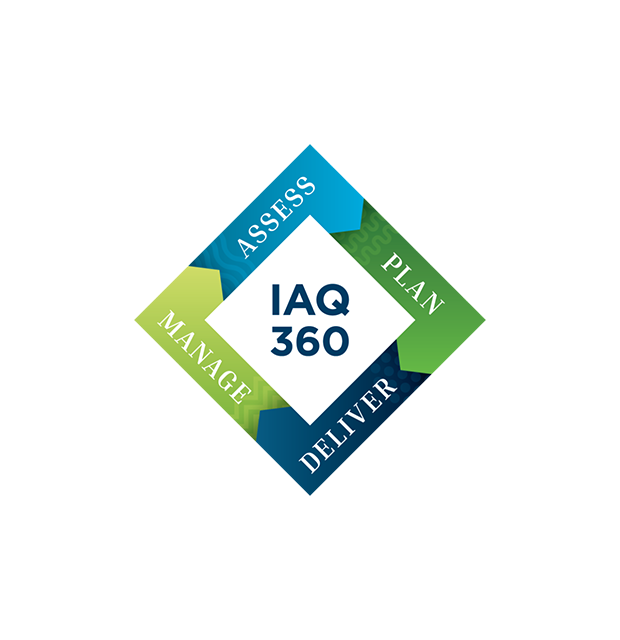Over the last year we’ve been navigating the novel coronavirus and learning how to minimize the spread to keep people safe. As our health authorities share new information, it is easy to feel overwhelmed and confused.
The good news is that there is now complete alignment between the CDC, WHO, Health Canada, and ASHRAE that SARS-CoV-2 is spread through airborne transmission. In January 2021, Health Canada released official guidance on the importance of ventilation and filtration in reducing the spread of COVID-19 in indoor spaces.
And in April 2021, ASHRAE released a statement to reinforce their position on the importance of ventilation and filtration.
“Airborne transmission of SARS-CoV-2 is significant and should be controlled. Changes to building operations, including the operation of heating, ventilating, and air-conditioning systems, can reduce airborne exposures.”
“This may seem like a small step, but we feel it is important to leave no doubt about our position, given the muted support for ventilation and filtration as important tools in the effort to stop the pandemic, from some organizations that should be leading more strongly,” said William P. Bahnfleth, Ph.D., P.E., ASHRAE Epidemic Task Force chair.

When people breathe, talk, cough, or sneeze, we exhale liquid particles from our mouths and noses into the air. These consist of larger, heavier particles – called respiratory droplets (because they drop quickly to the ground) – as well as smaller, lighter ones called respiratory aerosols, which can stay suspended in the air for minutes or even hours. When we are sick or infected with a virus, our exhaled droplets and aerosols will contain live virus particles.
With airborne virus transmission, one of the biggest factors we need to be aware of is particle concentration. Because the aerosol particles are so tiny and can stay suspended in the air for long periods of time, they can accumulate over time and reach high concentrations, especially in spaces with low levels of air movement and ventilation.
Three compounding factors increase the risk for virus transmission in any given space:
Therefore, poorly ventilated spaces where lots of people gather for extended periods of time are the highest-risk locations. Examples include closed-door meeting rooms; lunch rooms; locker/change rooms; classrooms; lobbies or other common gathering areas.
To decrease transmission risk, our focus should be on decreasing the concentration of virus-containing aerosols building up in the air. We can do this with:

Bringing more outside air into a space to dilute the concentration of viruses and other contaminants.

Cleaning the contaminated indoor air before it is recirculated throughout the facility.
Contaminants in the air are made up of particles that come in various sizes, meaning they each interact with the air differently and require their own strategies to keep them from building up in our occupied spaces.

Viruses and respiratory aerosols that contain viruses are so small that they can stay suspended in the air for extremely long periods of time. This is an important factor to consider when trying to reduce the spread of COVID-19 inside facilities.

At BGE, indoor air quality is not only our business, it’s an expertise we’ve been building for over half a century. Our IAQ360 approach starts with understanding your IAQ goals and evaluating how your current systems stack up against your original intent and design. After we assess your current system and needs, we will plan and deliver the right products and resources to improve the quality of indoor air in your facilities. We also monitor and manage your IAQ environment to help you achieve healthier, safer and efficient indoor air quality solutions.

Learn about the latest clean air insights from our team of experts.